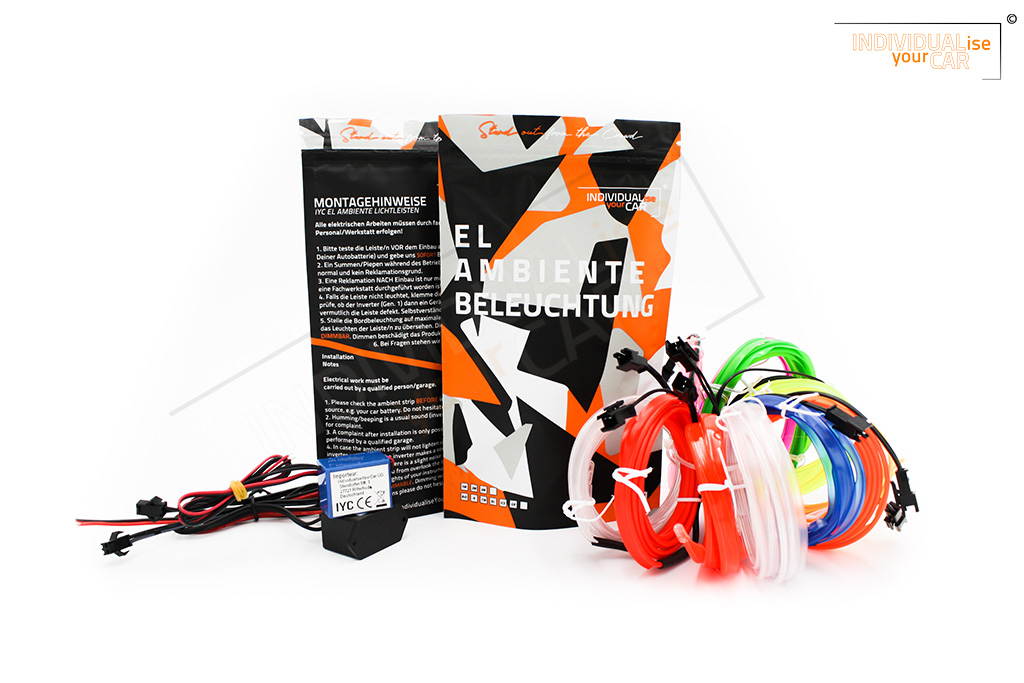Cells, Free Full-Text
€ 23.00 · 4.8 (513) · Auf Lager
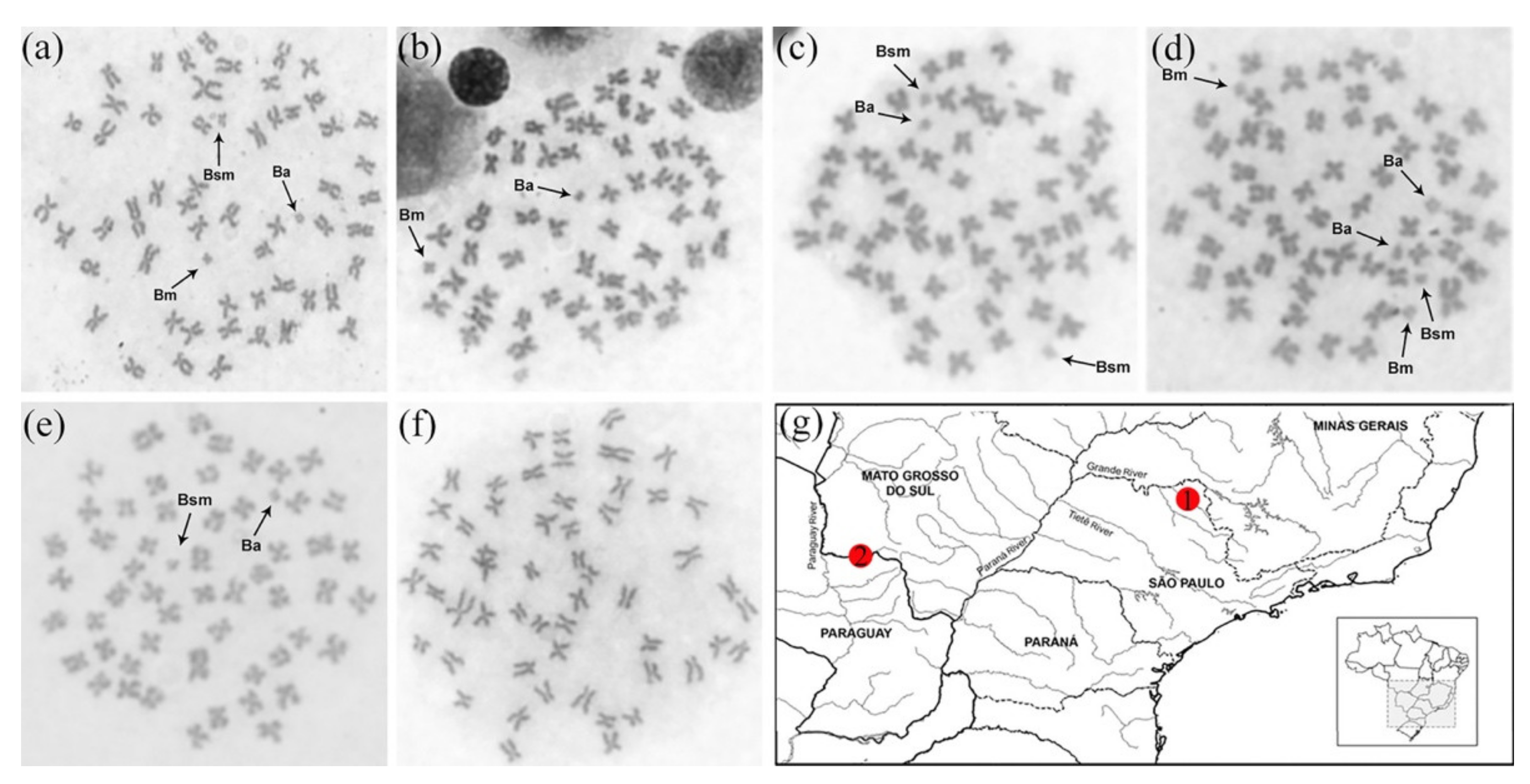
B or supernumerary chromosomes are dispensable elements that are widely present in numerous eukaryotes. Due to their non-recombining nature, there is an evident tendency for repetitive DNA accumulation in these elements. Thus, satellite DNA plays an important role in the evolution and diversification of B chromosomes and can provide clues regarding their origin. The characiform Prochilodus lineatus was one of the first discovered fish species bearing B chromosomes, with all populations analyzed so far showing one to nine micro-B chromosomes and exhibiting at least three morphological variants (Ba, Bsm, and Bm). To date, a single satellite DNA is known to be located on the B chromosomes of this species, but no information regarding the differentiation of the proposed B-types is available. Here, we characterized the satellitome of P. lineatus and mapped 35 satellite DNAs against the chromosomes of P. lineatus, of which six were equally located on all B-types and this indicates a similar genomic content. In addition, we describe, for the first time, an entire population without B chromosomes.
The dependence of cell-free protein synthesis in E. coli upon naturally occurring or synthetic polyribonucleotides. - Abstract - Europe PMC
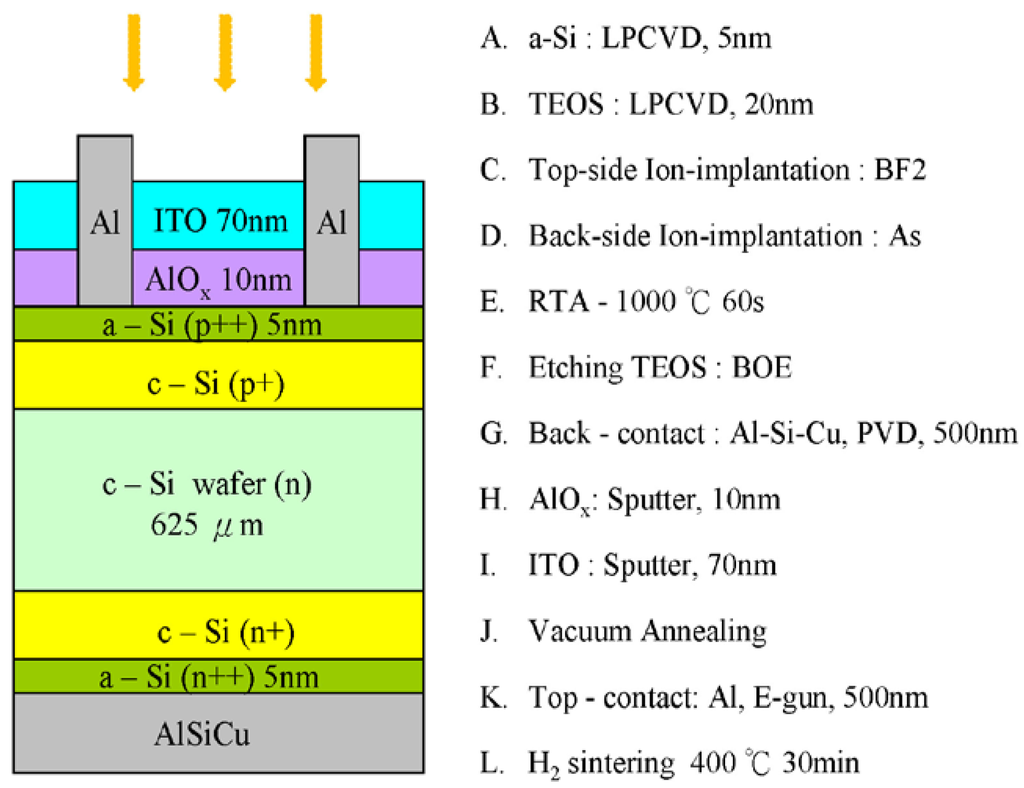
Energies, Free Full-Text
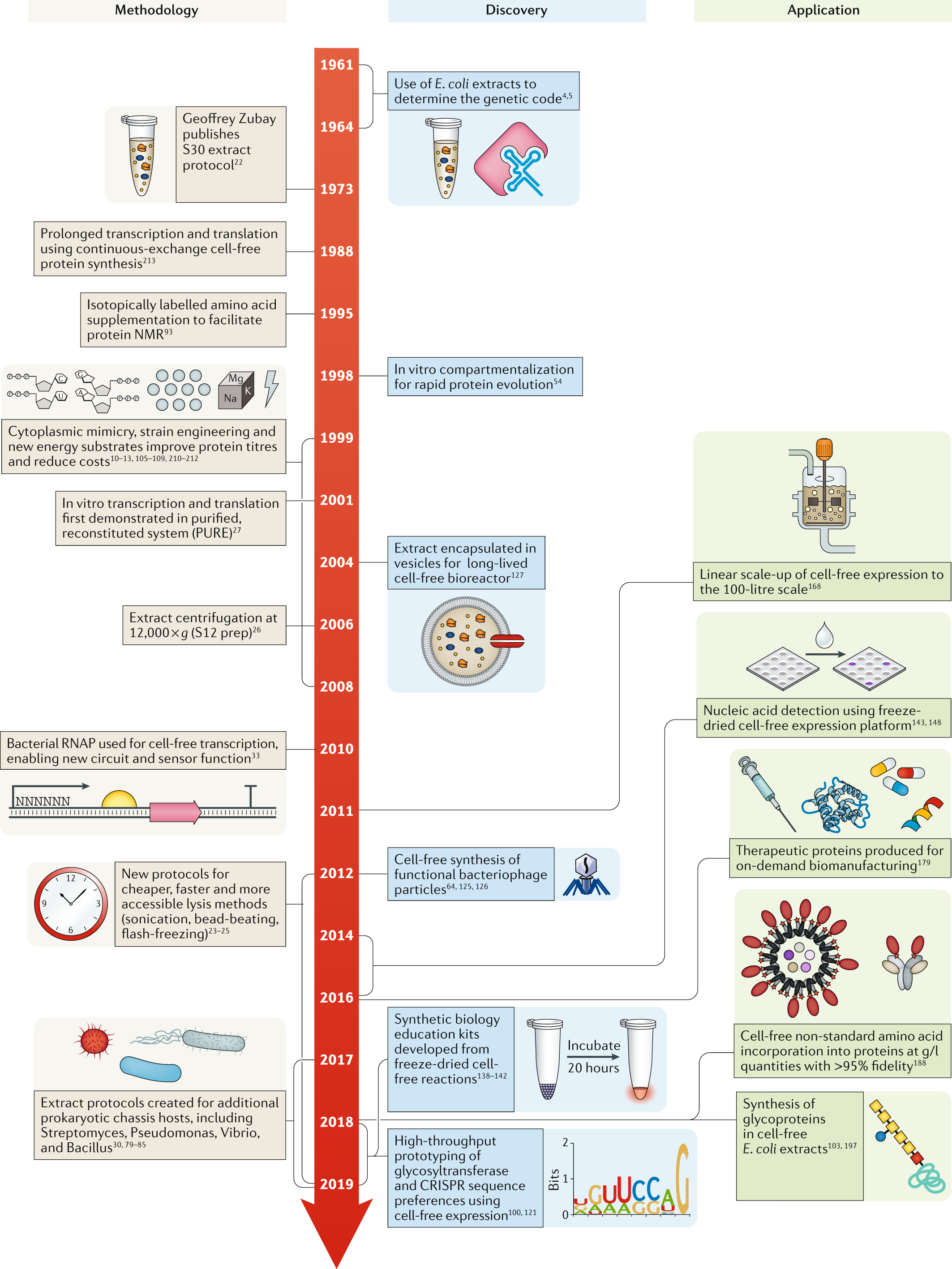
Cell-free gene expression: an expanded repertoire of applications

Circulating Tumor Cells, Disease Progression, and Survival in Metastatic Breast Cancer
Translation of brome mosaic viral ribonucleic acid in a cell-free system derived from wheat embryo. - Abstract - Europe PMC
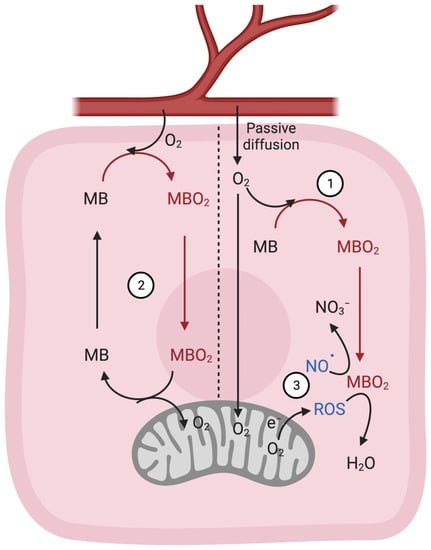
Cells, Free Full-Text, freecell online 100
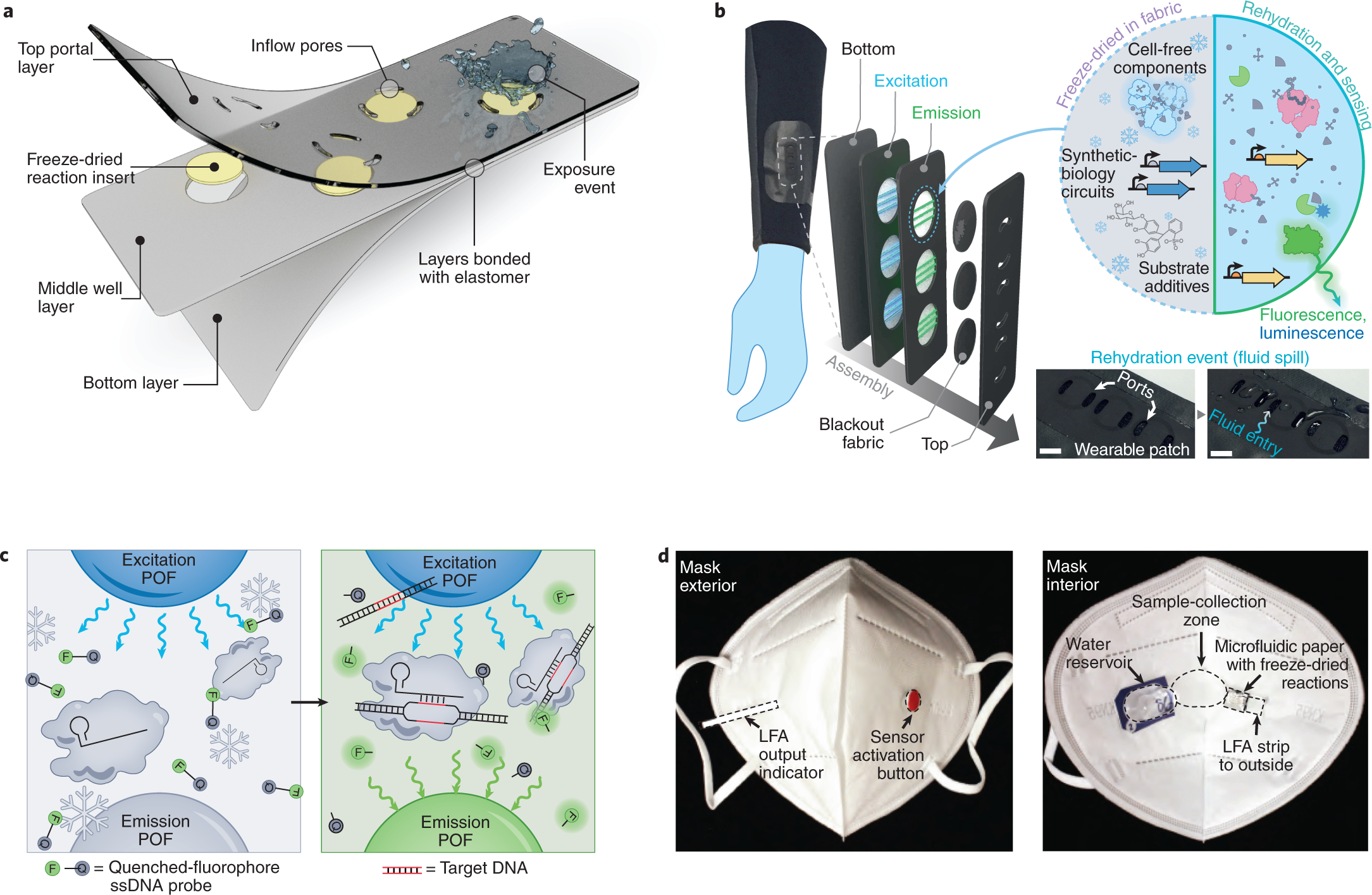
Textile-embedded cell-free biosensors

Streptomyces cell-free systems for natural product discovery and engineering - ScienceDirect
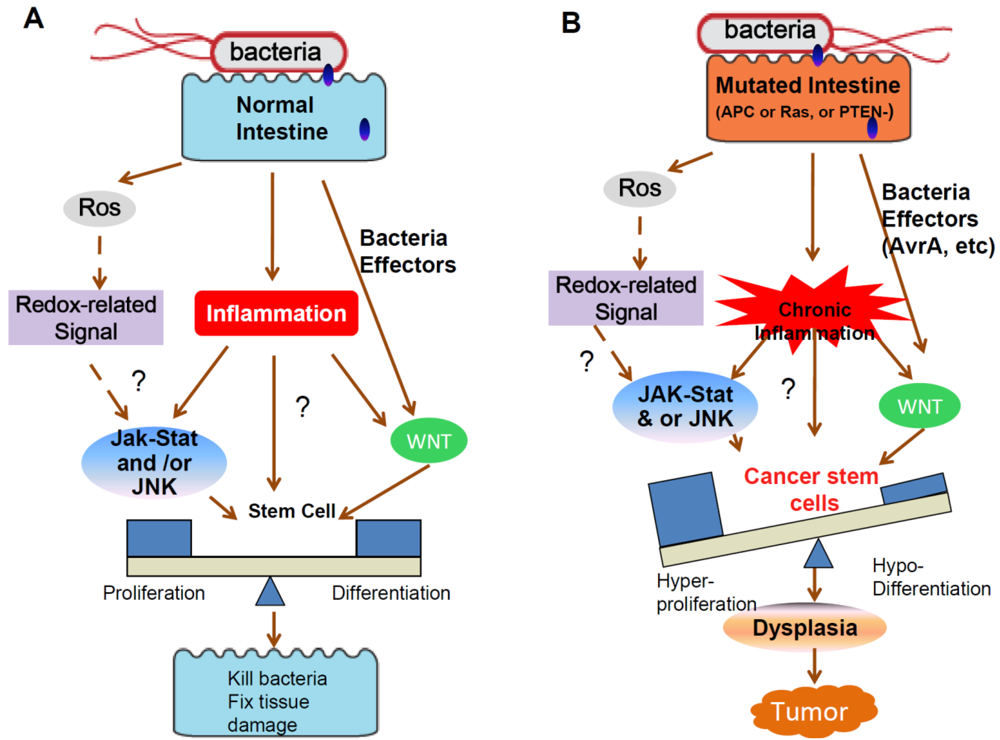
Cells, Free Full-Text, gordon hayward sofascore
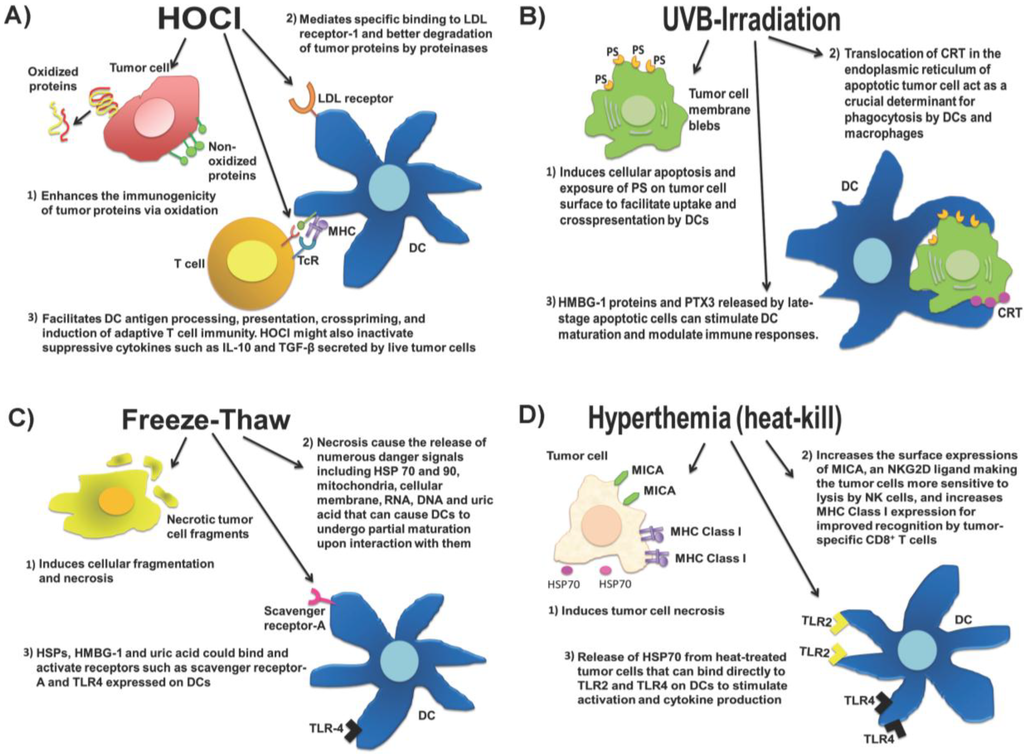
Vaccines, Free Full-Text
Cells, Free Full-Text, freecell online 100

Cancer type classification using plasma cell-free RNAs derived from human and microbes

Cell-free protein synthesis from genomically recoded bacteria enables multisite incorporation of noncanonical amino acids








